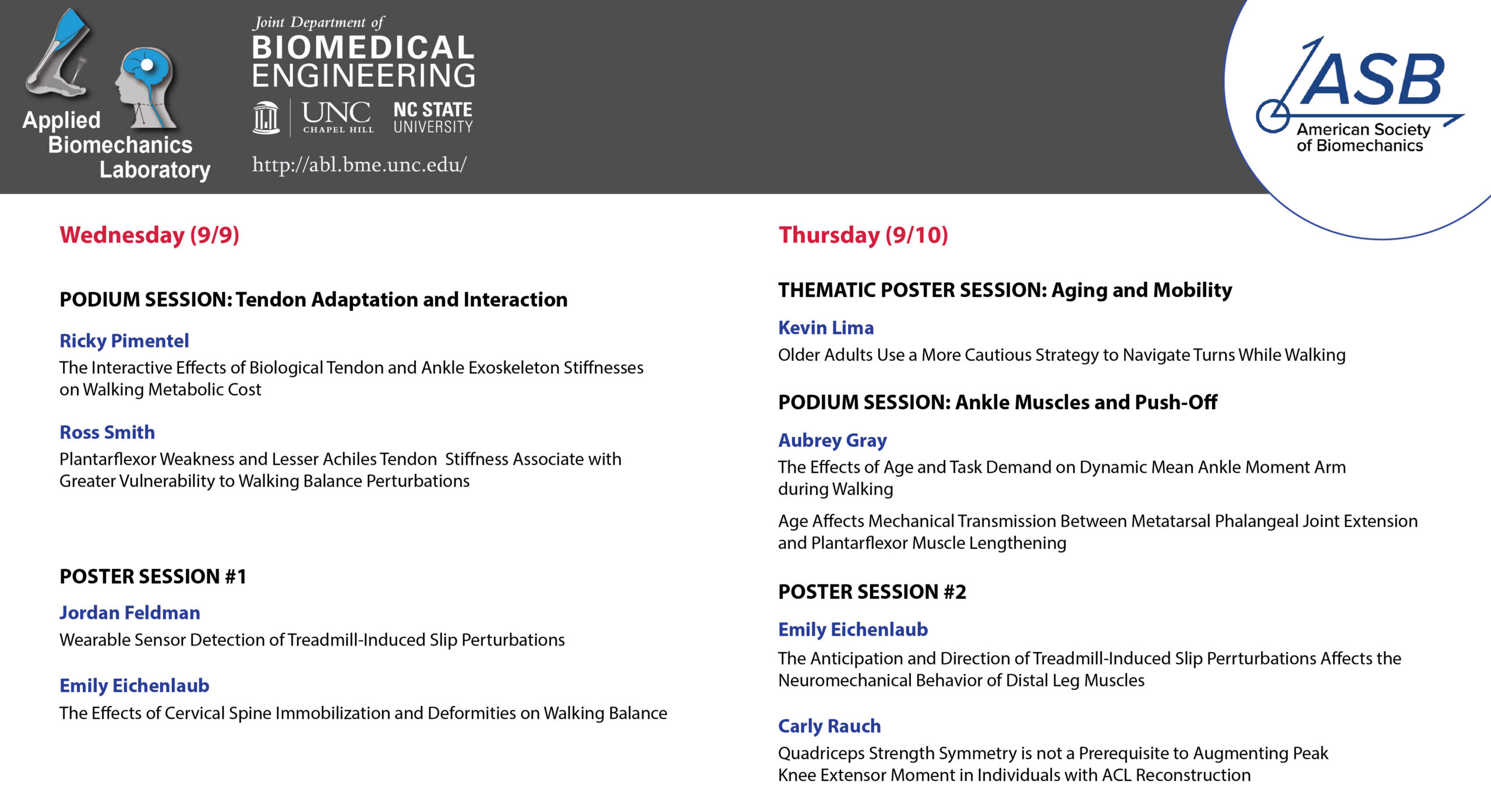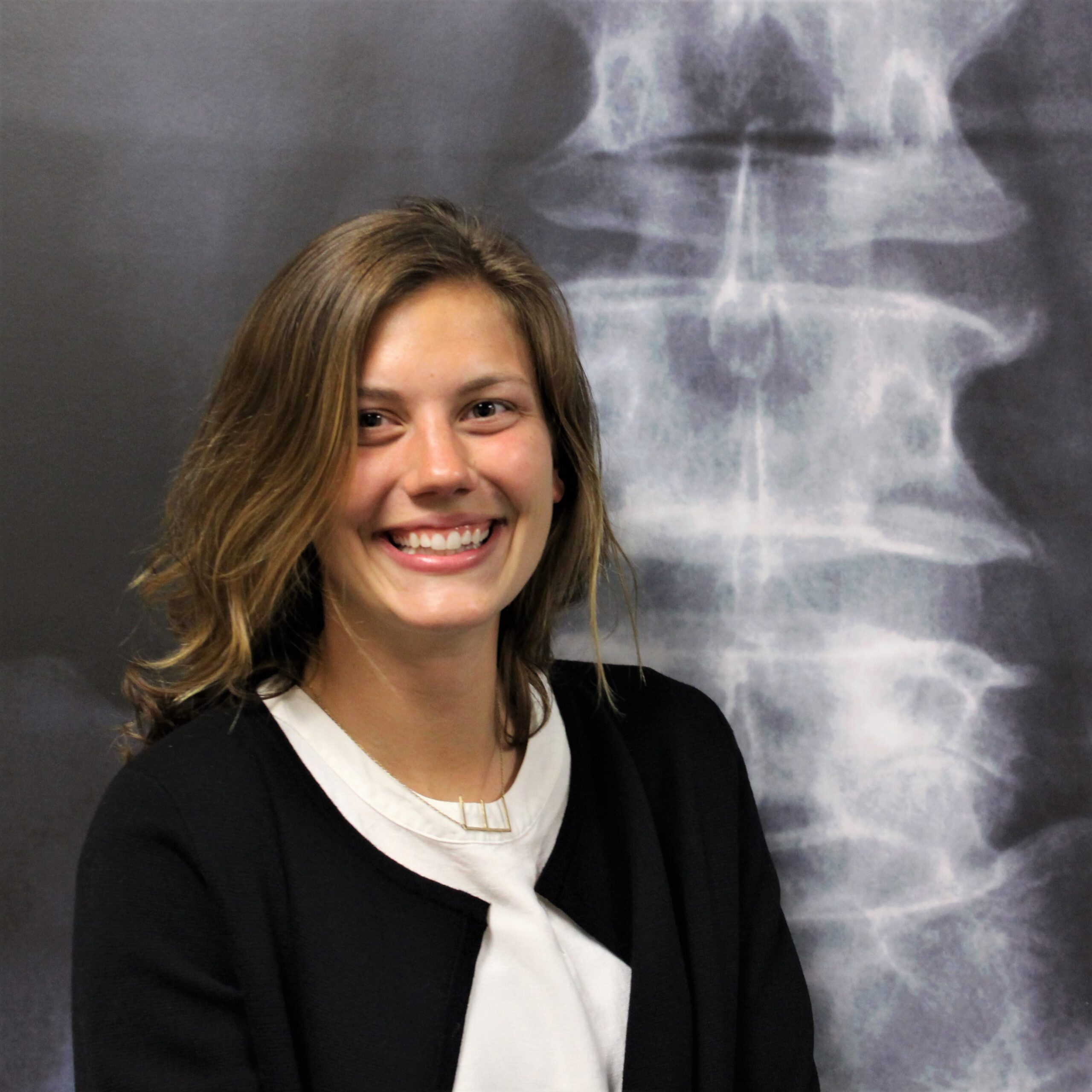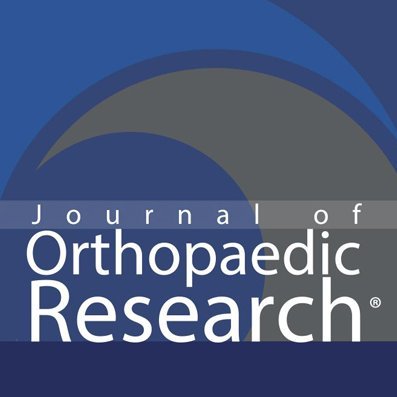2 New Research Awards (January 2023)
From the UNC/NC State Joint BME News announcements: https://bme.unc.edu/2024/01/dr-jason-franz-receives-two-awards-to-accelerate-wearable-sensing-to-optimize-knee-joint-health/
BME Associate Professor Dr. Jason Franz has established a highly productive and collaborative line of research that integrates wearable sensing and machine learning for precision rehabilitation of individuals with knee osteoarthritis. That research, in close partnership with Dr. Brian Pietrosimone from the UNC Department of Exercise and Sports Science, was recently recognized with two awards to accelerate their path from scientific discovery to commercialization and genuine translational impact.
The first, a 2-year $110k translational research grant from the North Carolina Biotechnology Center, will generate patient data to demonstrate proof-of-concept and feasibility of a novel wearable sensing and machine learning prediction technology for detecting, treating and monitoring aberrant forces during walking relevant to the onset and progression of knee osteoarthritis.
The second, a $50k commercialization grant from UNC Kickstart Venture Services, was awarded to VETTA Solutions – the start-up company inspired by these research discoveries and co-founded by Drs. Franz and Pietrosimone.
Commercialization and entrepreneurship are cornerstones of our mission here in BME, and we want to congratulate Dr. Franz and his entire team for their recent success.”

 Exploring the Functional Boundaries and Metabolic Consequences of Triceps Surae Force-Length Relations during Walking (2021 Journal of Biomechanics Award Winner, American Society of Biomechanics)
Exploring the Functional Boundaries and Metabolic Consequences of Triceps Surae Force-Length Relations during Walking (2021 Journal of Biomechanics Award Winner, American Society of Biomechanics)



 Emily Eichenlaub, a third-year BME Ph.D. student, has received a National Research Service Award (NIH F31) from the National Institute of Aging. The award will fund her project titled “The Proactive and Reactive Neuromechanics of Instability in Aging and Dementia with Lewy Bodies.” The research will establish the effects of age and dementia on proactive and reactive neuromechanics underlying vulnerability to balance challenges. Emily will be sponsored by Dr. Jason Franz, Associate Professor in BME, and a mentoring committee that spans Engineering, Physical Therapy, Neurology and Biostatistics. Her research in the BME Applied Biomechanics Lab will pave the way for clinical translation in prescription of personalized interventions, wearable sensor monitoring to mitigate falls, and development of assistive devices with onboard monitoring of muscle neuromechanics to deliver assistance in the face of a balance challenge. Congratulations, Emily!!
Emily Eichenlaub, a third-year BME Ph.D. student, has received a National Research Service Award (NIH F31) from the National Institute of Aging. The award will fund her project titled “The Proactive and Reactive Neuromechanics of Instability in Aging and Dementia with Lewy Bodies.” The research will establish the effects of age and dementia on proactive and reactive neuromechanics underlying vulnerability to balance challenges. Emily will be sponsored by Dr. Jason Franz, Associate Professor in BME, and a mentoring committee that spans Engineering, Physical Therapy, Neurology and Biostatistics. Her research in the BME Applied Biomechanics Lab will pave the way for clinical translation in prescription of personalized interventions, wearable sensor monitoring to mitigate falls, and development of assistive devices with onboard monitoring of muscle neuromechanics to deliver assistance in the face of a balance challenge. Congratulations, Emily!! Cone SG, Kim H, Thelen DG, Franz JR. 3D characterization of the triple-bundle Achilles tendon from in vivo high-field MRI. Journal of Orthopaedic Research.
Cone SG, Kim H, Thelen DG, Franz JR. 3D characterization of the triple-bundle Achilles tendon from in vivo high-field MRI. Journal of Orthopaedic Research.